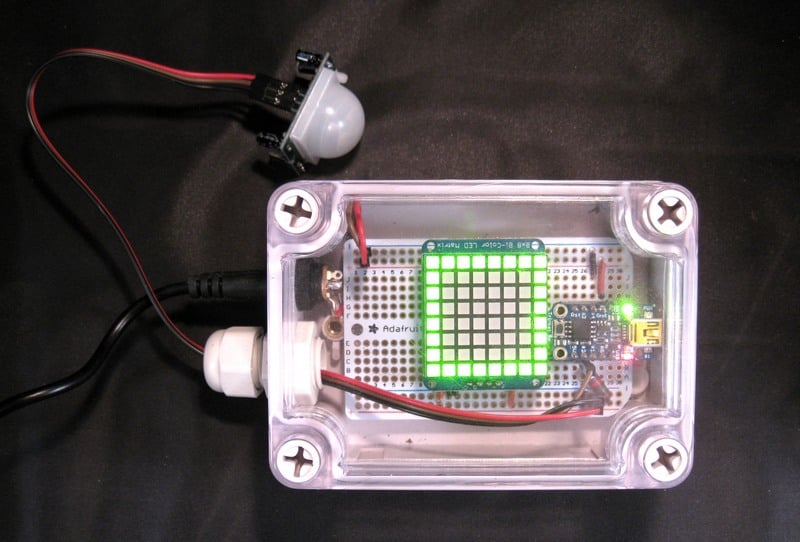Commercial sensor/indicator combinations can cost over $400 dollars. If you have many rooms, the cost could be prohibitive.
This project started as an inquiry by the Indiana University IT Department who wrote to Adafruit asking if there was a less expensive alternative to commercial units by using Adafruit's Trinket mini-microcontroller. This project is inspired by that inquiry.





























